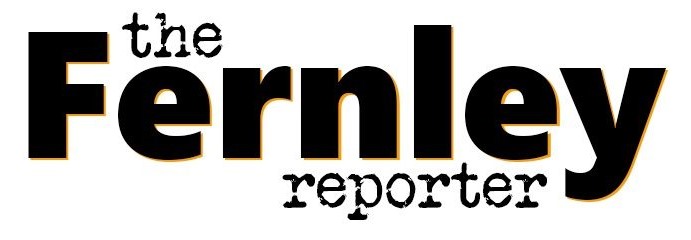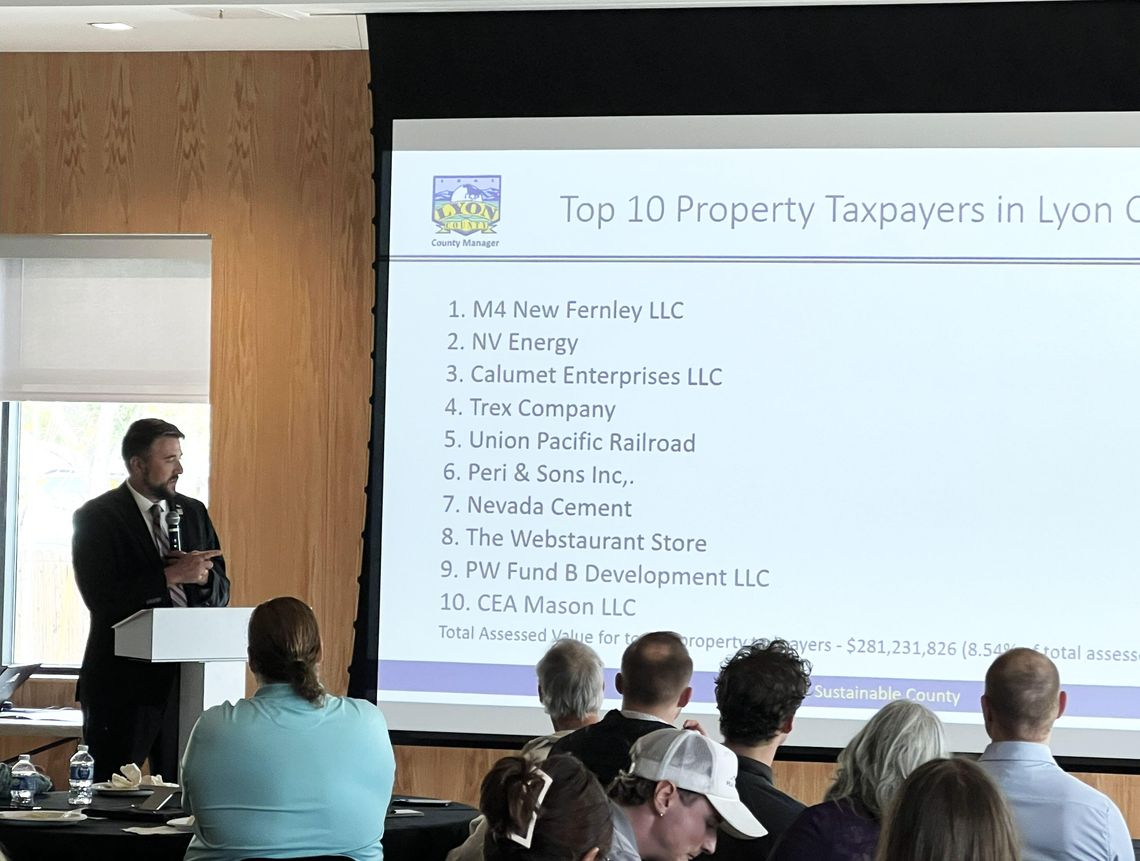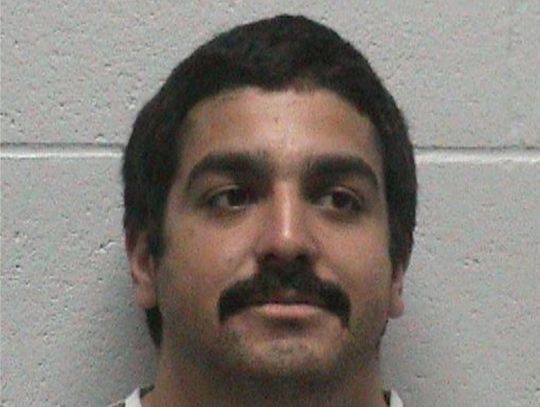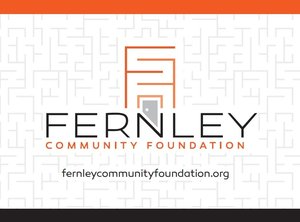Having failed in several attempts through multiple channels in the last two decades to get a larger share of the state’s Consolidated Tax allocation, City of Fernley leaders and residents have long expressed frustration and described the C-Tax allocation system as unfair.
During a presentation at the Fernley Chamber of Commerce Quarterly Luncheon on Nov. 5, Lyon County Manager Andrew Haskin said that was a misconception and urged the city’s business leaders to help dispel the notion that the city is being cheated out of tax money. Haskin said the C-Tax issue has created friction since the city was formed, but he said capitalizing on the county’s influence as the third most populous county in the state requires unity, not division.
“I know this has been a topic in Fernley and in Lyon County for a lot of years, but we really need to move past that,” Haskin said. “This is a really divisive issue that has caused a lot of problems over the years. We’re the third largest county in the state by population. That gives us a lot of influence on stuff, but only if we work together and we’re not fractioned.”
Haskin’s comments came near the end of his presentation on the county’s budget, services and growth.
“We actually spend more money in Fernley than we get in revenue from Fernley, so it’s not like Fernley is somehow getting cheated out of tax money,” he said.
Haskin said the C-Tax was created in 1997 by combining six different tax revenues into one. Each of those revenues have a different distribution model, he said, and the money from each is totaled and distributed to the eligible governmental entities based on the formula.
The various taxes that comprise the Consolidated Tax are the Cigarette Tax and Labor Tax, which are distributed to counties based on population; the Government Services Tax, which is collected by the Department of Motor Vehicles and distributed to the county of origin; the Real Property Transfer Tax, which is also distributed back to the county of origin; the Basic City County Relief Tax, which is half of one percent of the statewide sales tax rate and is distributed to counties based on whether sales were generated in or out of the state; and the Supplemental City County Relief Tax which is distributed based on a statutory formula.
To qualify for Consolidated Tax revenue, entities had to either receive C-Tax prior to 1997 or begin providing at least three core municipal services: police, fire protection, road construction and maintenance, and parks and recreation.









Comment
Comments